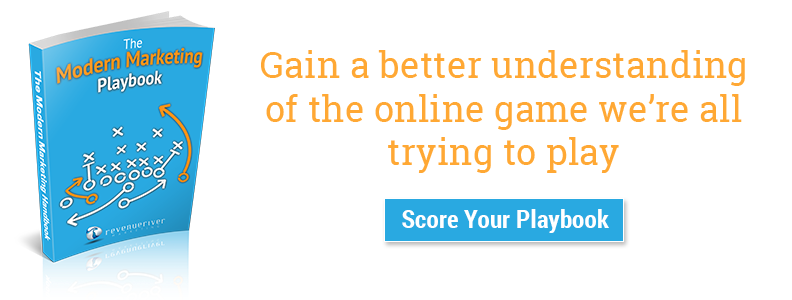Top 3 Ways to Update Your Landing Page Strategy


If you’ve been executing sound marketing strategy on your website, you typically have an offer that is gated behind a landing page. Or perhaps you’re using specific landing pages for your PPC campaign? Whatever the case, the fact of the matter is that users are becoming aware of the methodology and execution of lead capturing via landing pages. The same tired forms with image and bulleted list of features. They also know that once they surrender their info, that they will be added to some list and they will be bombarded with marketing material. But we can’t do away with them all together. How will we ever get any leads? So here is my down and dirty, quick 3 new best practices for 2015.
Headlines
Tailor your headline to where your visitor is in their buyer’s journey.
According to Fahad Muhammad of Instapage:
The perfect landing page headline shouldn’t just exclaim what your service can do. It should tell your visitors what problem your service solves.
A visitor clicks onto page thinking – “I Want…” and your landing page headline should logically provide an answer to this question.
Choose a message that resonates with them. One pitfall people can fall into is that they focus too much on their offer and not on the user’s perspective. Jen Gordon of The Daily Egg has a good approach
Before you write your next headline, try the following:
Test your PPC traffic to see what message resonates. In our case, we could have tested “Get a Free Demo” against “Automate and Get Paid Faster” or “Get Paid Faster.”
Develop a hypothetical “script” of what visitors are thinking when they are searching for your product/service. What phase of the buying process are they in? Are they searching for a solution to a burning problem or are they aware of the solution and looking at their options?
Understanding your prospect’s place in the buyer journey is your first step in writing a headline that resonates.
If someone is looking for a solution and you tell them about the problems they’re already aware of, you run the risk of a frustrated visitor who may abandon the conversion process. Keep it meaningful and targeted at what is most important to the visitor.
Reputation Builders
Make your landing pages more exciting.
You may have thought that landing pages should be stripped down to the bare bones in order to make sure your visitor completes your desired action of filling out the form. Links and unnecessary content can get in the way and distract the user right? Ultimately having a negative effect on your conversions right? Actually there is a lot of missed opportunity to connect with your audience on your landing pages. Reputation builders such as testimonials, reviews, and social commentary can really help your conversions. This is known as Social Proof. More and more, people are relying on feedback from friends, product ratings, and customer reviews when making a purchase than ever before. In fact:
By including these reputation builders, you give your visitors an extra boost of confidence that they are receiving benefit by converting on that particular page.

A look at the redesign for NueMD shows a great example of what a modern landing page can look like. It is more inviting, provides additional content and doesn’t come across as “Salesy” as traditional landing pages. Testimonials above and below the conversion form as well as at the bottom of the page provide reassurance that others are satisfied with this project and you will get a benefit from signing up.
Sign Up
Two Step Sign Up Process
Now this might sound counter-intuitive. You’re asking people to do more work. TWO steps instead of ONE?!?! The audacity…
But the truth is, that it really does work. As Kaitlyn Ellison put it in her post on the 99 Designs blog
“Stated overly-simply, the theory is that you prevent a perceived friction on the front page by making the process look like it only takes one easy step. When the user makes it to the second page, they’ve already made a micro-commitment. It’s an investment, even if it’s not a big one and even if not every single user feels it, and it helps pull users into completing that form. We’ve all felt that feeling before — you’ve already started something, you might as well finish it.”
In fact, Neil Patel wrote how a client of Quick Sprout tested a 3 step signup process which ultimately increased conversions by 10%! Now going back to tip #1 and our buyer’s journey, more is not always better. It is best to test alternatives to see which is most effective for your industry and your persona. For longer sign up processes for free trial downloads, it might be better to break up the process to let the user easily digest each step instead of overwhelming them with a huge form. For smaller conversions (which are still wildly important) 2 steps might be sufficient.
Basically, people are starting to get wise to the typical landing page. Traditional best practices still may be relevant, but as we move forward, companies need to get creative in how they capture their leads if they want to remain competitive. The fundamental truth that has not changed, however, is that everything is still centered around the buyer’s journey and customer experience. Customers know they're signing up for something. So instead of trying to Wow them with how awesome your offer is, give them confidence that it will solve their problem and show them that others have had success doing the same.

